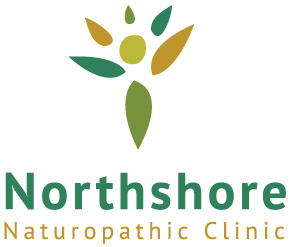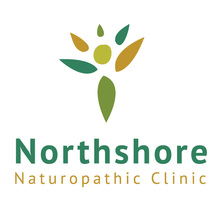By Dr. Matsen
Selenium is a metal that is rare in some soils and abundant in others. It has long been known to have a toxic effect on some animals grazing on plants grown on selenium-rich soils. In the mid 1990s, 200 micrograms of selenium were given to 1300 patients with skin cancer to see if it would help control or reverse their skin cancer. Although no improvement was seen in their skin cancer, these patients reduced their death rate from other cancers—such as lung, colon, and prostate cancer—by 50 percent. (Clark, L. C., et al., Journal of the American Medical Association, 1996, Dec. 25, 276(24):1957-63) So while large amounts of selenium had been known to be toxic, it now became apparent that it was also a critical factor in the body’s defense against cancer.
In Eating Alive II, I show how the enzyme glutathione peroxidase uses sulfur and selenium to chop deadly peroxides into harmless water. I propose in Eating Alive II that the ability of this enzyme to reduce peroxides into water is crucial to preventing or reversing most diseases, including cancer.
While this undoubtedly is true, new research shows that selenium plays a further role in preventing or reversing cancer beyond its role in glutathione peroxidase activity. It only takes about 40 micrograms of selenium a day to supply glutathione peroxidase enzyme with an adequate amount of selenium. (Duffield, A. J., American Journal of Clinical Nutrition, 1999, Nov., 70(5):896-903) So what happens to the extra 160 micrograms of selenium typically seen in supplements?
A fascinating article in the Spring 2003 issue of Advances in Orthomolecular Research (Volume 2, Issue 4) shows that, as the production of glutathione peroxidase enzymes reaches a plateau, the surplus selenium is potentially toxic, so the body starts converting it to less toxic forms. Of the many forms that are created, Se-methylselenocysteine (SeMC) is the form that is the least toxic, yet has the most potent anti-cancer properties.
Studies are showing that SeMC has anti-cancer properties by inducing cancer cells to commit “suicide” (called apoptosis), without harming nearby healthy cells.
It turns out that plants grown on selenium-rich soil go through a similar process of converting potentially toxic selenium into less harmful forms. Some plants—such as wheat and Brazil nuts—convert selenium to forms that are not very beneficial in aiding our bodies’ fight against cancer, while others—especially broccoli and garlic—convert selenium into SeMC, the form most active at preventing and reversing cancer. For this reason, I’ve switched my selenium supplementation to SeMC, selenium formed in plants like broccoli and garlic when grown in soil with a high selenium content. If 200 micrograms of selenium has shown to reduce cancer risk by 50 percent, then SeMC should raise the odds even greater in your favor.


